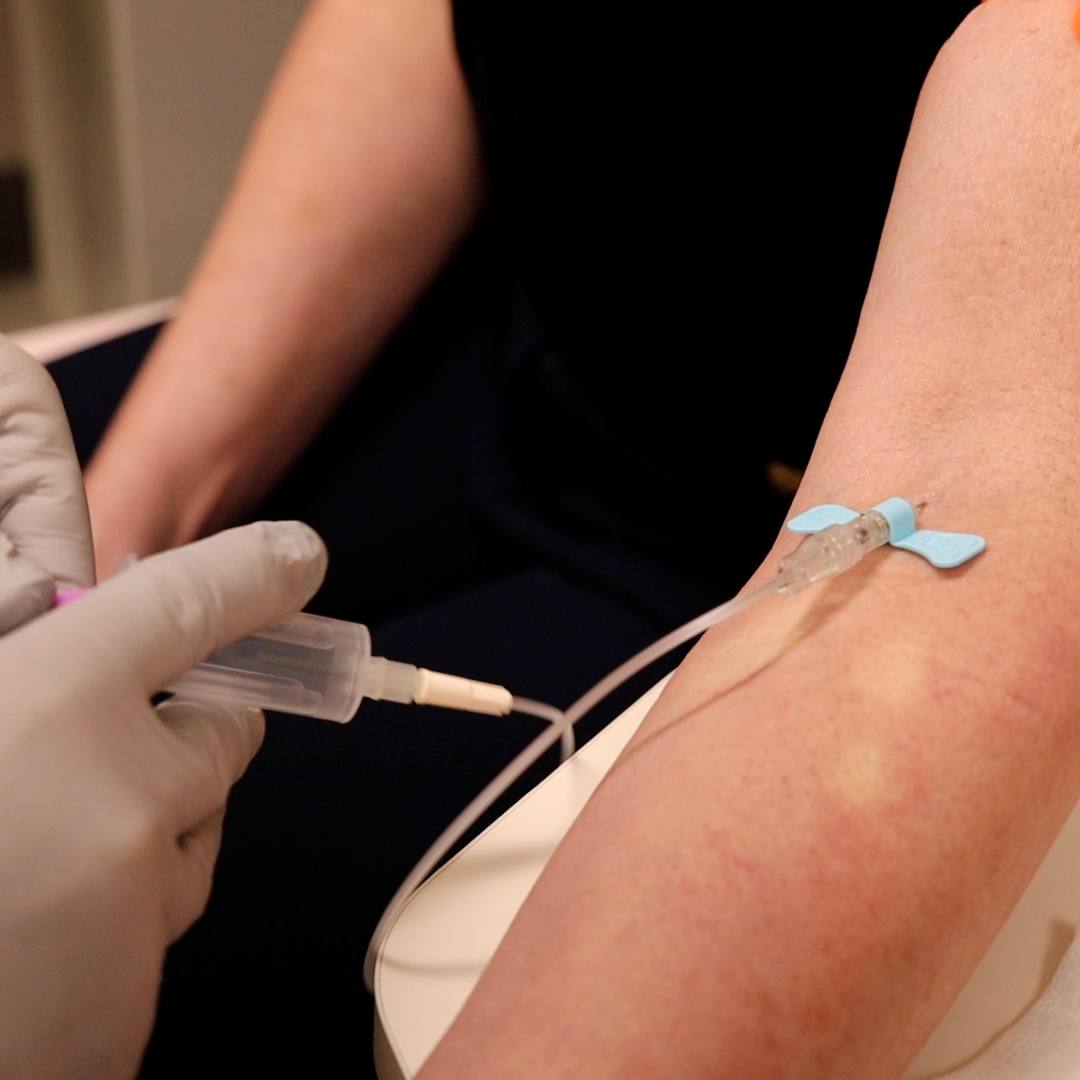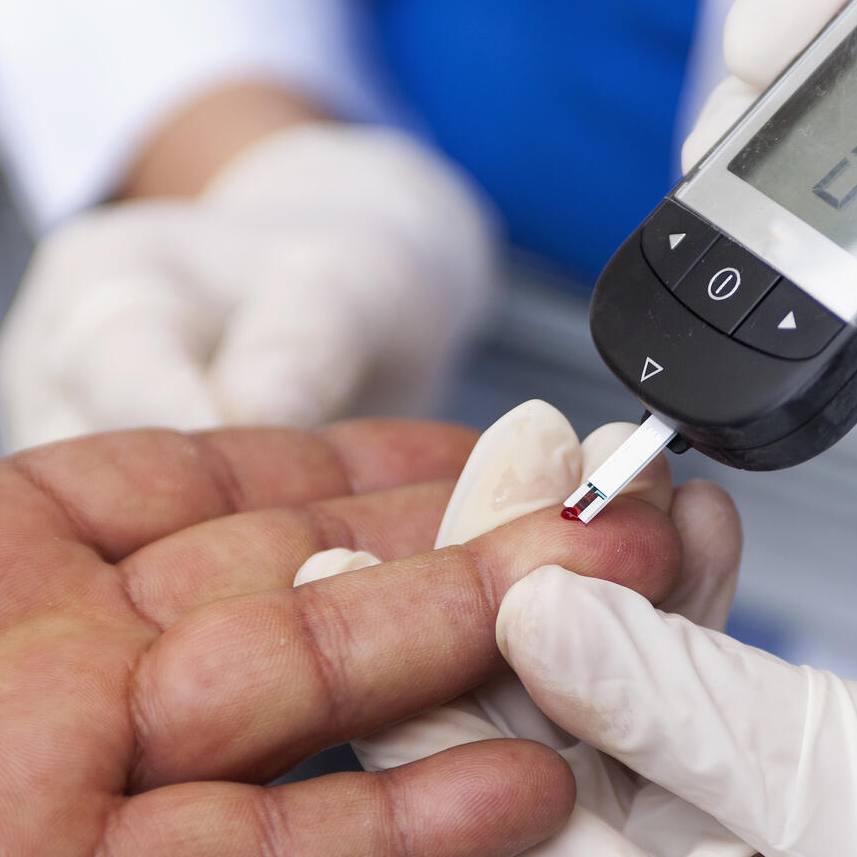-
Arizona
New Mayo Clinic protocol allows for MRI in selectpacemaker patients
PHOENIX — A new protocol at Mayo Clinic in Arizona allows select patients to have an MRI exam even though they have a pacemaker.
An estimated 75 percent of patients who have a pacemaker will need magnetic resonance imaging during their lifetimes. Yet, historically, most of these patients couldn't have an MRI because of concerns that the powerful magnetic and radio frequency fields generated during imaging might damage or inhibit the pacemaker or cause discomfort or harm to the patient.
While there are newer pacemakers conditioned for use during an MRI, most people have devices that are not.
"While it is likely that, in the next decade, MRI-conditional pacemakers will become standard, there is a large population of patients who in the interim may require MRI scanning," says Win-Kuang Shen, M.D., a cardiac electrophysiologist and chair of the Division of Cardiovascular Diseases at Mayo Clinic in Arizona.
Click here for a video as Mayo Clinic physicians discuss the new protocol.
Under the Mayo Clinic protocol, a patient's heart rhythm is monitored in real time by an electrocardiogram in the MRI suite. The pacemaker is specially programmed to a non-inhibited mode prior to scanning. Patients are supervised by a cardiologist or pacemaker nurse through the procedure. Pulse oximetry and ECG are monitored. The device is then reprogrammed to original settings after the scan is complete.
"We monitor in real time for the safety of the patient," Dr. Shen says. "In our first round of analysis of about 50 highly selective patients, none of the pacemakers had any significant issues, but more importantly, in almost all of these patients the MRI findings led to a new diagnosis or a new treatment that would not have been previously offered to the patients."
Under the strict protocol, patients who are not pacemaker-dependent and have a non-MRI-conditional device are considered.
Related Articles







